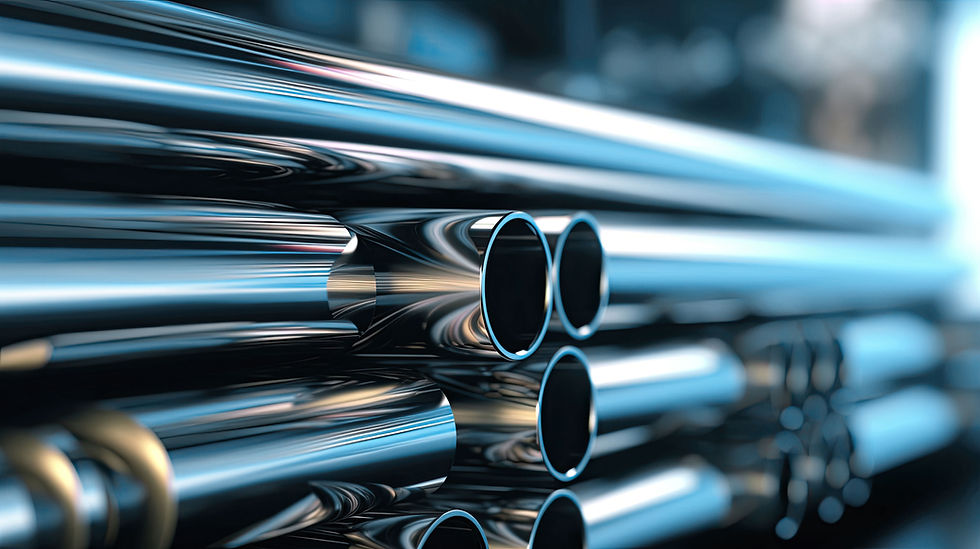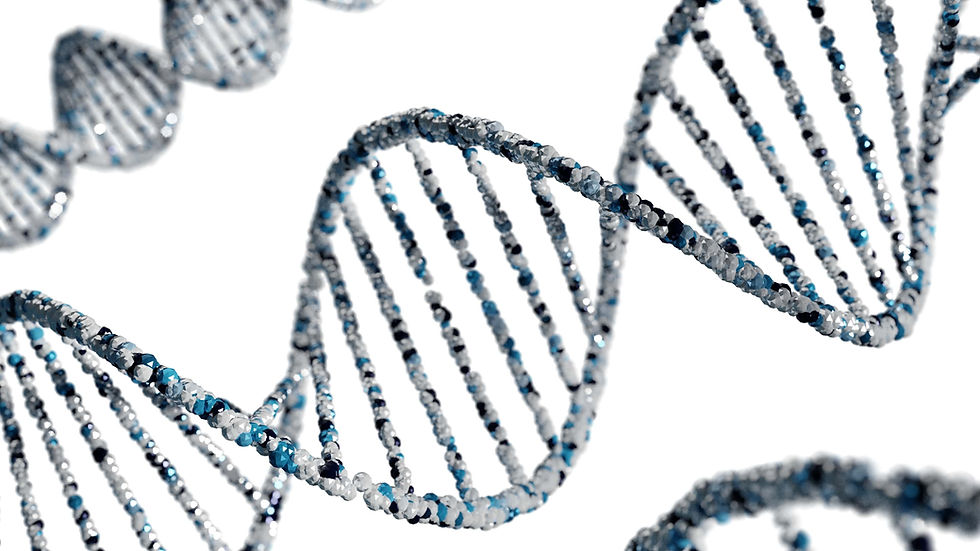Would you believe me if I told you that spider silk is stronger than steel? It might sound a little crazy but it’s true. When you sweep away cobwebs when cleaning, you probably would never know just how strong spider silk is because the spider web strands are so thin. However, spider silk actually possesses pretty extraordinary properties.

While most spider silks are known for their impressive strength, the silk produced by the golden orb weaver spider stands out as the strongest of all. Golden orb weaver spiders produce silk that is considered the strongest and largest of any spider in the world. This type of silk is produced from one of many web glands in the spider’s spinneret. Golden orb weavers produce at least seven different types of silk, each from a unique gland in the spider’s spinneret: cylindrical gland, flagelliform gland, aggregated gland, pyriform gland, minor ampullate gland, major ampullate gland, aciniform gland.
Source: Tyasning Kroemer, PhD/GoldBio
For example, when creating their webs to catch prey, they use the major ampullate gland, minor ampullate gland, flagelliform gland, aggregated gland, and pyriform gland. The major ampullate gland produces silk that is used to form the bridge line, dragline, and radial spokes of a spider’s web, acting as a structural silk. The minor ampullate gland is used to stabilize the spokes because the spider begins its spiral. The flagelliform gland produces the silk that forms the spirals on the spokes, creating a net-like structure to catch prey. This type of silk is mixed with the silk from the aggregated gland, which creates sticky balls on the spiral silk to trap the prey in the web. The pyriform silk is used to keep this entire structure together by attaching each type of silk fiber to one another. The other glands, cylindrical gland and aciniform gland, are used for other purposes. Cylindrical silk is used by the spiders to cover and protect their eggs while the aciniform silk is used to wrap captured prey as stored food.

The silk from the major ampullate gland possesses great toughness, strength and elasticity. It is made from a composite material composed of two proteins called Spidroin 1 and Spidroin 2. Within these proteins, there is an amorphous and crystalline matrix that gives the spider silk such impressive properties. The amorphous region of the proteins is extremely elastic, contributing to the great elasticity of spider silk. On the other hand, the crystalline region acts as a link between the amorphous regions and is very tough, contributing to the overall strength of spider silk.

Because of this protein structure, spider silk is actually considered five times as strong as steel. It is especially special because it possesses strength and elasticity, which is something that is very uncommon among materials. Materials are either very strong or very elastic, but never both. The most impressive properties are the silk’s tensile strength and ductility. Tensile strength is known as the maximum load a material can withstand before breaking when being stretched or pulled. The tensile strength of spider silk is similar and mostly stronger than the tensile strength of steel. For example, common steels have a tensile strength of up to about 0.4 gigapascals. In comparison, golden orb weaver dragline silk has a tensile strength of up to 1.6 gigapascals, essentially four times as strong. Not only this, but because spider silk is around one sixth as dense as steel, it is much stronger for its weight compared to steel. Ductility is the capacity of a material to change its shape and become deformed without breaking. The ductility of spider silk has been discovered to be even higher than that of Kevlar. Kevlar is a strong synthetic plastic that has high ductility and is resistant to heat, chemicals, UV rays, and more.

Due to these incredible properties, scientists have been trying to find ways to mass produce spider silk to use in a variety of products. Unfortunately, the mass production of spider silk is very difficult and is an extremely lengthy process. For instance, a cape and shawl made from spider silk required the silk from 1.2 million golden orb weavers and took over three years to complete. Because of this, scientists moved on to find a way to create a synthetic version of spider silk.

To create synthetic spider silk, scientists have turned to genetic modification of host organisms to produce the essential spider silk proteins, Spidroin 1 and Spidroin 2. Scientists have spent the past years trying to find a suitable host species that can create endless amounts of silk proteins while maintaining the long protein structure needed for spider silk. The most promising candidate is bacteria because it can replicate itself quickly and almost limitlessly. When scientists tested this out, they used E coli bacteria and inserted DNA sequences that code for the production of spider spidroin proteins into it. They then inserted another DNA sequence that facilitated a chemical reaction between the produced proteins in order to fuse them into one long protein. Resulting proteins were actually found to be longer than most natural spider spidroin proteins, suggesting that the synthetic spider silk may be even stronger than the real deal. After the proteins were produced, the scientists spun them into fibers in specific pH and salt concentration conditions in order for the spider silk to transform from liquid to solid form. Because of these specific conditions, the synthetic spider silk was able to materialize almost the exact same way as how real spider silk is materialized in a spider’s spinneret.
As scientists and researchers continue to experiment with synthetic spider silk, this bio-inspired material is a highly promising candidate for a variety of applications, thanks to its unique combination of strength and flexibility. I hope you learned something new! Keep a lookout for the next post!
References
Kowalski, K. (2017 Jan. 30). How to spin synthetic spider silk. ScienceNewsExplores. Retrieved July 29, 2023, from https://www.snexplores.org/article/how-spin-synthetic-spider-silk
Kroemer, T. (2020 July 22). Synthetic Spider Silk Production: Finding the Eco-Friendly Biofactory. GoldBio. Retrieved July 29, 2023, from https://goldbio.com/articles/article/synthetic-spider-silk-production-finding-the-biofactory
Matchar, E. (2017 July 26). New Artificial Spider Silk: Stronger Than Steel and 98 Percent Water. Smithsonian Magazine. Retrieved July 29, 2023, from https://www.smithsonianmag.com/innovation/new-artificial-spider-silk-stronger-steel-and-98-percent-water-180964176/
Real Science. (2022 Jan. 15). Why Spider Silk is Stronger Than Steel. [Video]. YouTube. https://www.youtube.com/watch?v=TbvWnJh9e-g
Comments